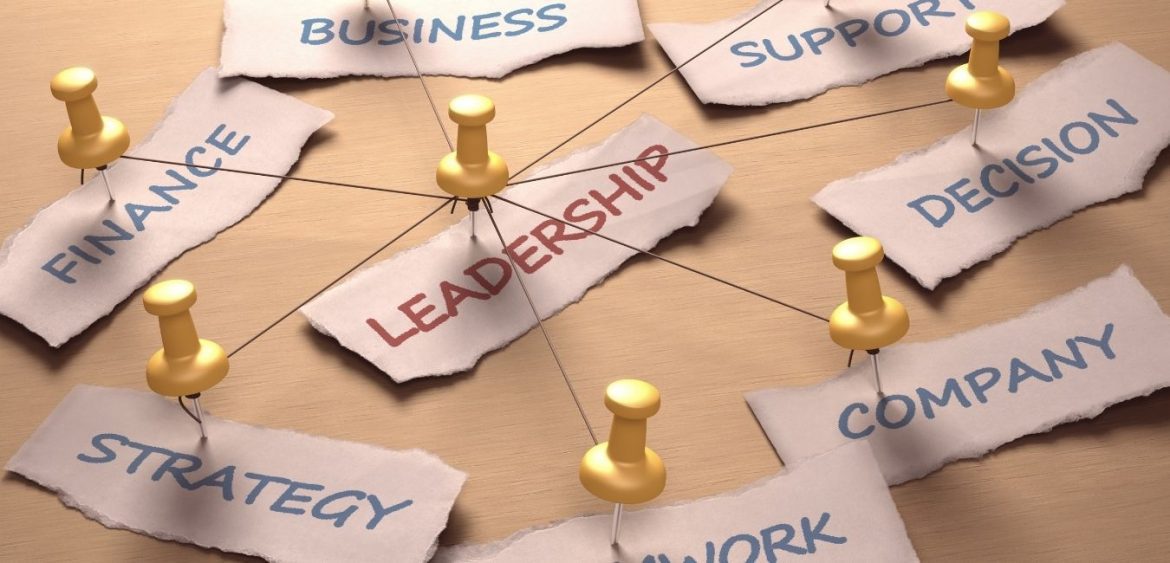I recently made the comment to a colleague, “Good leadership is good leadership whether you have to manage virtually or in person.” I will stick to that comment adding that good leadership requires adaptability to the situation you are in and the ones ahead. That has always been the case, but it is more visible and volatile right now than most of us have faced in our lives.
As Marshall Goldsmith wrote, “What got you here won’t get you there.” I would also say, “What got us here won’t get us there.” As leaders, one of the most critical skills we can have is adaptability. A book by Tod Bolsinger was recently recommended to me and the following really resonated with me:
Adapting:
1. The world in front of you is nothing like the world behind you.
2. No one is going to follow you off the map unless they trust you on the map. 3. In uncharted territory, adaptation is everything.
4. You can’t go alone, but you haven’t succeeded until you’ve survived the sabotage.
5. Everybody will be changed (especially the leader).
Reorientation: If you can adapt and adventure, you can thrive. But you must let go, learn as you go and keep going no matter what. Leadership is energizing a community of people toward their own transformation in order to accomplish a shared mission in the face of a changing world.
As leaders during this time where people are challenged on so many fronts, are you adapting, providing as much of a vision and map in this uncharted territory as you can, and providing the leadership needed in your particular situation?
One of the things that I have noticed recently is how unproductive, unfulfilling, and dysfunctional virtual platform meetings can be. It can be easy to become apathetic as a leader now that we are used to meeting virtually, which can lead to bad habits of not facilitating or guiding effectively. Time to clean up our habits before they take root! Have you adapted your leadership and facilitation to the media that you are using? There are basic facilitation skills that need to be employed to keep people engaged regardless of the purpose or platform of the gathering. Dysfunctional behavior is activity that takes away from the purpose of the meeting and it can happen regardless of what platform you’re utilizing.
Some Basic Tips:
1. Set your ground rules or rules of engagement up front and get everyone to agree, that way it is everyone’s meeting. This gives all participants a sense of responsibility for the meeting’s success.
2. Let people know if their camera should be on or not. Hint: On is better.
3. Have an agenda, review it, and unless there is a significant reason not to, stick to it.
4. Use simple techniques like going round robin and assuring each person gets to speak on a topic so that you avoid dominating behavior or off-topic conversations.
5. If someone shows dysfunctional behavior, deal with it in the meeting if possible. That sets the example for what will be accepted and what will not.
6. Utilize the technology available to enhance engagement: breakout rooms, chat functions, reaction emojis, whiteboard, etc. can break up monotony and allow everyone to participate without dominating the meeting.
Follow us on LinkedIn, Facebook, and Twitter or visit https://berkshiregroupinc.com.



